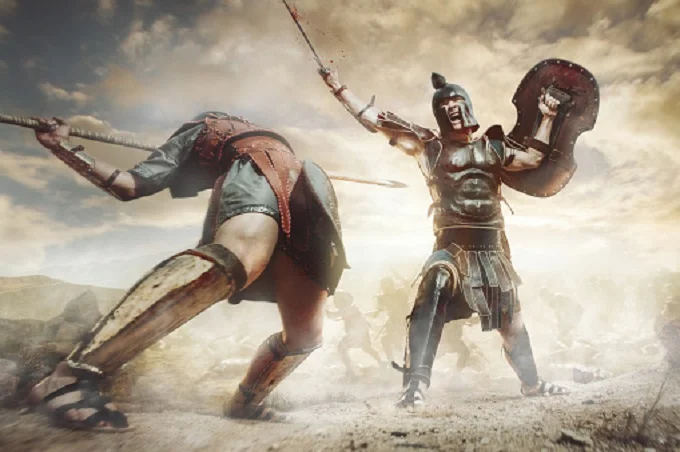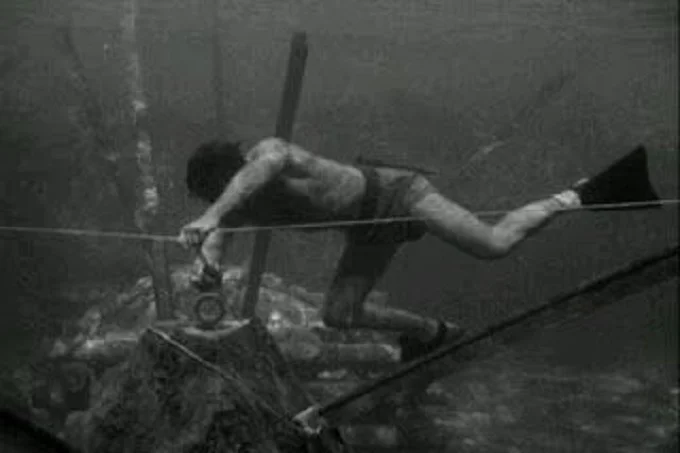How ninjas see in the dark and mysteries of ancient special forces

In the ancient world, elite military formations existed. Specially trained warriors with incredible talents defended their bosses’ interests to the death. Combat strategies, weapon types, and psychological training tactics varied among special purpose personnel.
To this day, contemporary fighters are mastering the most brilliant and effective military schools of the “old special forces.”
Spartans were born to fight

Every Spartan who was born a male had to be a warrior first and foremost. Slaves did all of the other tasks. The Spartans battled until they died in order to complete a lofty military task. After all, a soldier’s retirement age was 60 years old, which was much longer than the average life expectancy at the time.
The lads were put to the test right from the start. Cribs were purposely strict, and roughness was evident in the child’s upbringing. The youngster was enrolled in a special military camp at the age of seven, where he was trained how to live in the most extreme situations. At this point, several youngsters perished. The survivors, who had survived the most harrowing ordeals, developed into fearsome warriors. The Spartan army’s tactics were unsophisticated. Physical strength and tremendous endurance were their military advantages.
The Berserker warriors

Berserker warriors were elite Viking warriors. They were known for their proclivity for falling into “fighting madness.” Even a numerically stronger enemy force could not halt berserkers in this condition. According to some, such a fighting trance was attained without the aid of any medicines. Other experts feel this is akin to Thai boxers’ “Wai Khru Ram Muay,” a contemporary ceremonial dance that tunes them into a specific psychological wave before the fight.
The berserker was taught from an early age to be physically superior to a bunch of opponents at the same time. The training was stepped up, with activities including wielding two swords at once, defending without a shield, and hurling axes. The berserker skilfully unbalanced the adversary by charging into combat and administering many strikes at the same time. During a trance, it was said that a bear soul entered the berserkers, assisting the warrior in effortlessly defeating any foe. A fighter in a condition of fighting trance was unaffected by even critical wounds, and his sensitivity to pain was limited.
Sikhs who vanquished many opponents at the same time

The contemporary state of Punjab – the so-called “Gateway of India” – was formerly home to Sikhs. Because an external adversary often invaded the region, the locals were well-versed in military tactics. The Sikhs’ martial style was known as gatka. The core of the gatka is a range of complicated fighting methods using edged weapons, which the warriors kept to themselves save for a night’s sleep.
Swords, knives, axes, and blades have become a military requirement and an important part of the national attire, even for ladies. The Sikhs, who lived on the outskirts of India and were a national minority during the authority of the Great Mughals, faced religious discrimination and were compelled to convert to Islam.
It was critical for the Sikhs to be able to endure a large number of opponents in such a circumstance. As a consequence, a combat technique developed in which Sikh warriors surrounded themselves with many forms of cold weapons at the same time. They engaged in a specific meditation, which included a warrior dance, with the goal of increasing stamina to beat as many adversaries as possible. Even the British army found it beneficial to learn gatka fencing skills.
The gatka’s methods allowed them to get through the enemy’s tight formation, holding the all-around defensive and entangling the opposing horses in nets. The fight led by Guru Hargobind, in which 700 Sikhs destroyed a 7,000-strong Mughal army, is an example of the gatka’s effective employment.
Almighty Ninja

Ninja lived in their own clan world, not subject to the Japanese feudal system. The profession of a warrior was passed on to a son or daughter from a father. Female ninjas were called kunoichi. Ninja training began with rocking an infant’s cradle who had been taught to attack at the slightest push. Physical activity was repeated daily. For example, athletic exercises included speed cross-country running in such a way that a straw hat held to his chest would not fall to the finish line.
Children were placed in dark caverns to train the future ninjas in night vision. Education received special focus. To interpret information from papers and military cards, the ninja needed to know hieroglyphs. The combatants were also skilled actors, adept at impersonating others during espionage missions.
Ninjas were skilled with swords, spears, halberds, throwing weapons, and chemical weapons. They also constructed water skis out of reeds after learning to glide with them. The ninja murdered themselves using poison placed in the collar if they were discovered during clandestine missions. The suits also have thin metal plates sewed in to reflect a knife assault in hand-to-hand combat quickly.
Ancient frogmen

The chronicles have brought to this day the story of how to combat divers threatened the plans of a powerful military operation of Alexander the Great himself during the siege of Tyre. With the help of cranes and levers, Greek ships cleared the sea approaches to the city from stones. At that moment, the Tyrian divers descended under the water and cut the anchor ropes. Damaging many ships and launching several enemy ships to the bottom, the inhabitants of the city managed to disrupt the operation of the fleet. The Macedonians had to spend a lot of time recovering from this sabotage.
As a result, of course, the sortie of the combat swimmers could not prevent the fall of Tyre, but their desperate attack went down in history.
The ancient Slavs are also known for their underwater tactics. Diving under the water, they breathed with the help of a reed tube, for a long time hiding their presence near the enemy. At the right moment, they surfaced and entered the battle, playing on surprise, or could thus wait out the danger.




